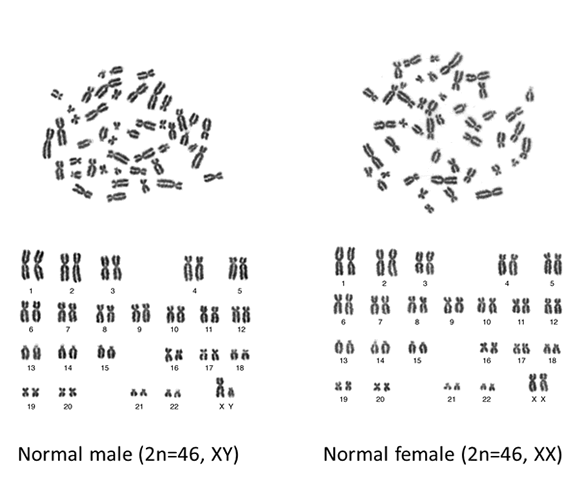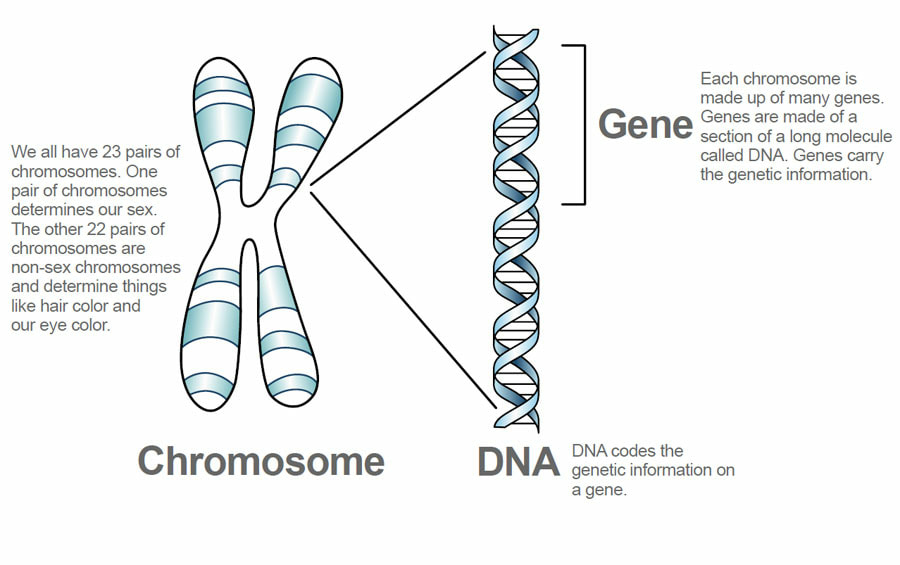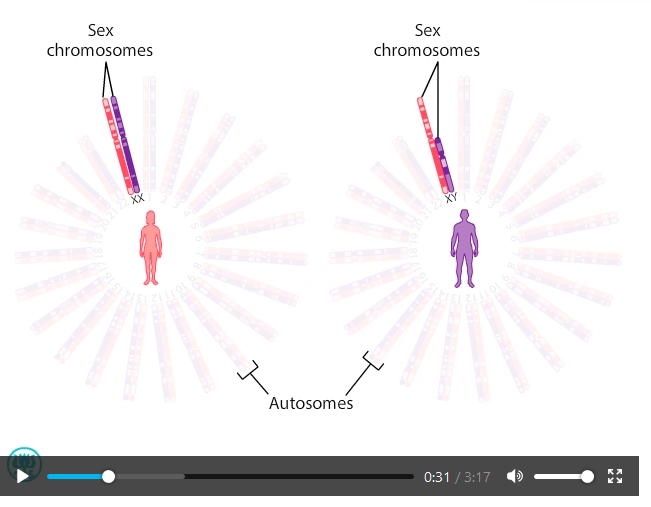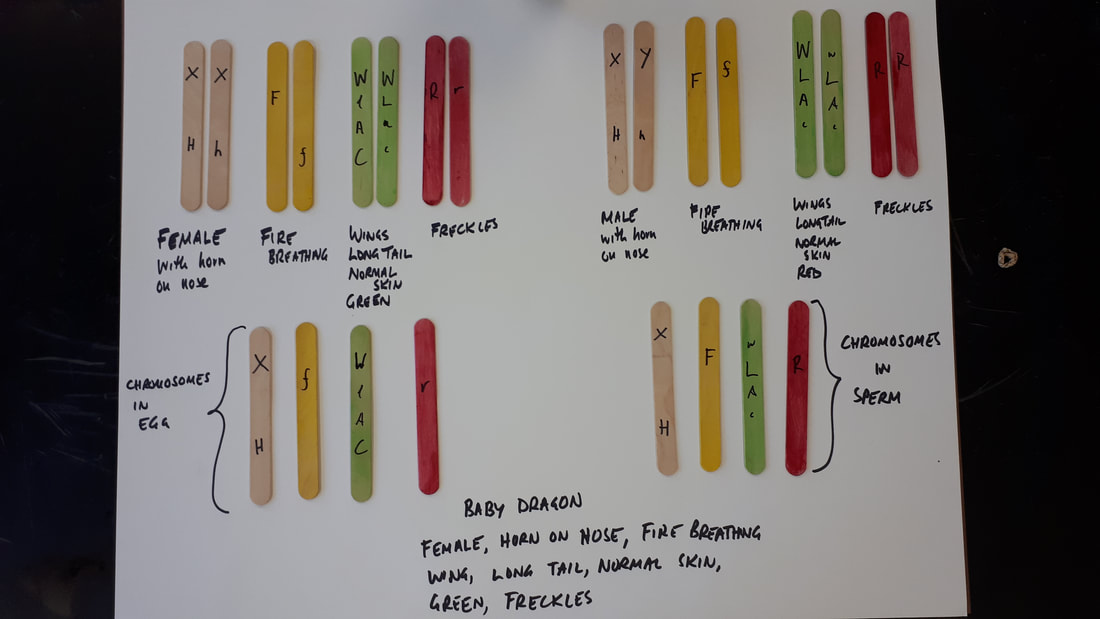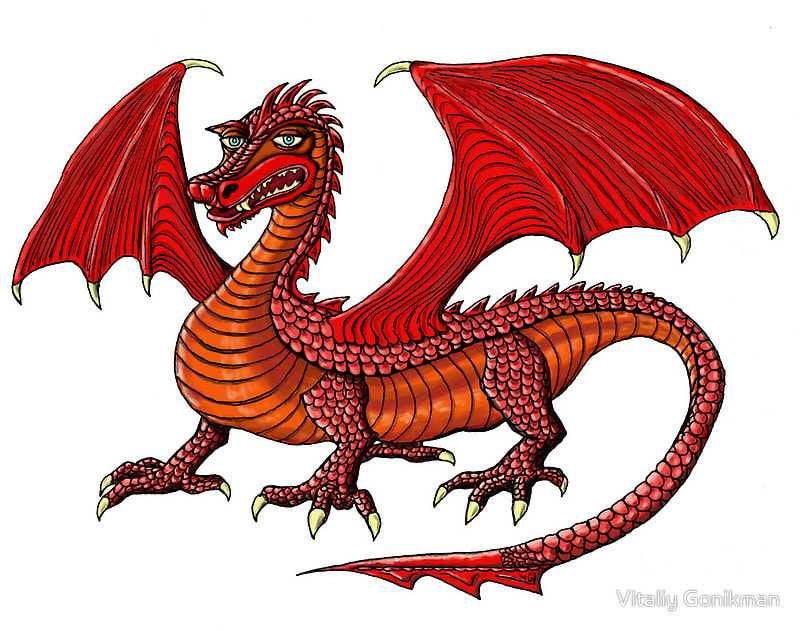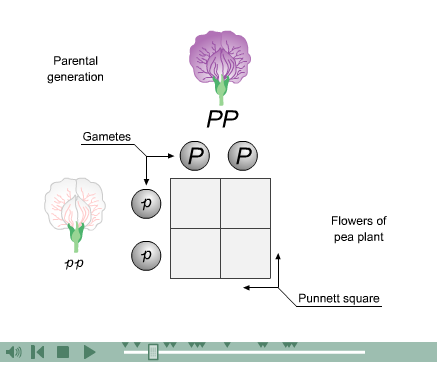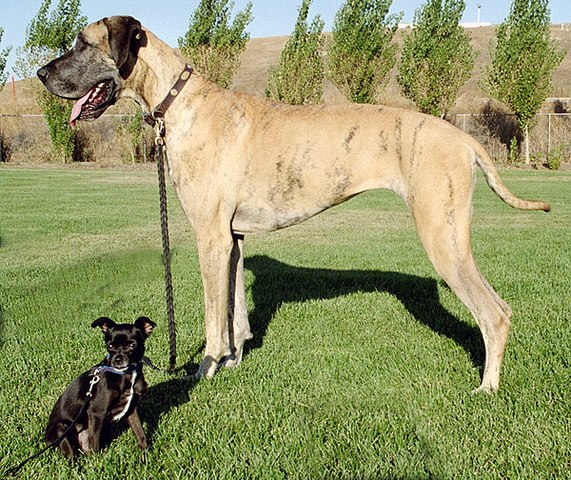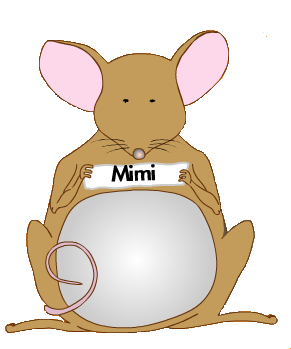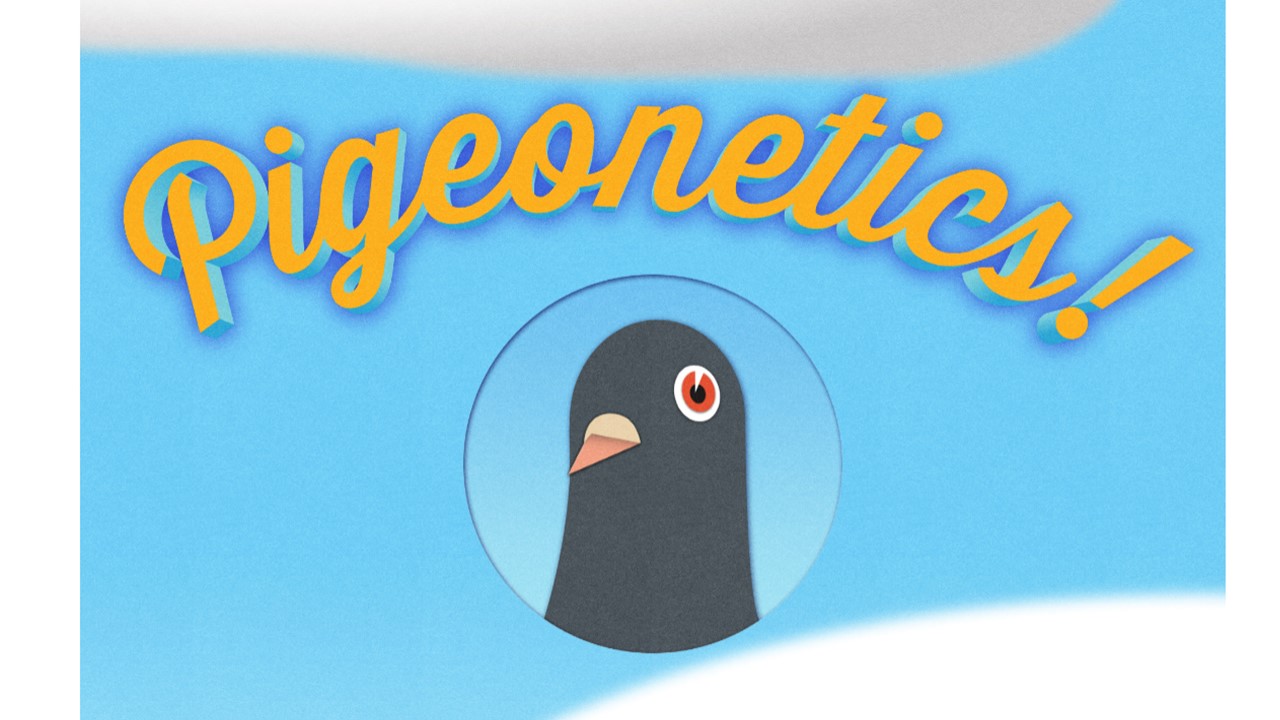Summary
This unit looks at the science of variation in plants and animals, particularly inherited differences. How variation is influenced by the environment is also considered, as are selective breeding, cloning and genetic modification.
This unit looks at the science of variation in plants and animals, particularly inherited differences. How variation is influenced by the environment is also considered, as are selective breeding, cloning and genetic modification.
A - Inherited Characteristics
Objectives:
- Recall how characteristics are inherited from one generation to the next.
- Recall what happens during human fertilisation.
- Understand the difference between continuous and discontinuous variation
We are all unique. That makes every one of us special! We are all of the same species - human - as we have the same basic characteristics of that species; two legs, walk upright, opposing thumbs etc. The intra-species variation is what sets us apart. This variation has two origins:
- Genetic differences that we have inherited from our parents. Things like: gender, eye colour, skin colour, hair colour, handedness, blood group and many, many other characteristics. Often it is possible to see certain traits in your parents, grandparents and siblings.
- Environmental differences that we have acquired since birth. Things like: personality, accent, language, fashion sense, attitude, fitness.
|
|
How much of your grades are due to genetics? BBC News 09 Sept 2018
B - Genes
Objectives:
- Describe variations caused by environmental factors, genes or both.
- Explain how variations can have benefits and drawbacks.
We inherited our genes from our parents. But how? In almost every living cell there is a nucleus that contains the genetic information on 23 pairs of strands called CHROMOSOMES. (The exceptions are the red blood cells and our sex cells - more on this later). The chromosomes are made from a long strand of a spiral-like protein called DNA. The genes that govern what we look like are encoded within this DNA molecule.
BrainPop - Heredity. Login required. Username: Saltus16
|
|
|
Online WebLab - How gender is determined
|
The 23 pairs of human chromosomes. Note that the male set have 22 pairs and a couple of odd ones left over that look a bit like the odd socks that always seem to come out of the laundry..... These are the X and Y sex chromosomes that determine gender. If the pair match, then they are both Xs and we have a girl.
So: XX = female and XY = male Note that the only time that the chromosomes can be seen like this is just before cell division (mitosis) divides the nucleus into two. The bottom part of the image is just a tidier and sorted out version of actual jumble of chromosomes. |
|
Zoomed in, the chromosomes look like knitted woollen tubes, with the twisted yarn of wool being the DNA molecule. The DNA contains the genetic code that controls the reproduction of the cell and hence our inherited traits. For simplicity, we can think of the stripes on the legs of the chromosome to be the genes.
(Image found on Google) |
|
X linked traits. Some traits are found on the X chromosome, as the male Y chromosome is shorter this can lead to some disorders that predominately affect males - the most famous are haemophilia and colour-blindness. Link is produced by Norton.
|
Dragon Genetics!
|
This is a good activity, although it takes a while to get into. We will do a similar activity in class using wooden sticks to represent the chromosomes. Far simpler and more fun than human genetics.
|
C - Selective Breeding in Plants
Objectives:
- Describe how plants reproduce sexually and asexually.
- Consider the advantages and disadvantages of genetic modifications.
|
Mendel's Pea Plant - this is a video tutorial. It is rather advancd but may be of use.
|
PBS - Harvest of Fear. Use these simulations to learn more about cross breeding sweetcorn to produce better crops. There is also a simulation to look at how scientists can manipulate the genes themselves.
|
|
|
|
|
|
D - Selective Breeding in Animals
Objectives:
- Describe how and why we selectively breed some animals.
- Recall what a clone is.
- Describe what a genetically modified organism is.
|
This is an activity that we will be doing in class to reinforce the concept of transfering the nucleus from an adult cell from one organism into the egg cell of another. That this can be done given the microscopic size of the cells is truly amazing.
|
|
Pigeonetics - an interactive game about breeding pigeons. Highlights dominant and recessive characteristics. Produced by University of Utah
|
|
Breeding Dragons (Concord Academy) - This is an excellent game, where you can experiment with selectively breeding dragons
|
|
|
|
Topic Assessment - a graded project on one of the following
1. Inherited and Environmental Variation
2. Mitosis (cell division) and Meiosis (formation of the gametes)
3. Mendel's Pea Plant Experiments
4. Dragon Genetics
5. Selective Breeding in either Animals or Plants
6. Cloning
7. Genetic Modification (Engineering)
1. Inherited and Environmental Variation
2. Mitosis (cell division) and Meiosis (formation of the gametes)
3. Mendel's Pea Plant Experiments
4. Dragon Genetics
5. Selective Breeding in either Animals or Plants
6. Cloning
7. Genetic Modification (Engineering)
Other Resources
|
|
A video from the Flat Earth Society, which I think is brilliant! They are a bunch of kooks that don't believe in science, which is odd as science still works wherever you believe in it or not.... duh...
Anyway, in this video they are trying to show how crazy science is but for me this video actually highlights how amazing science is. |
